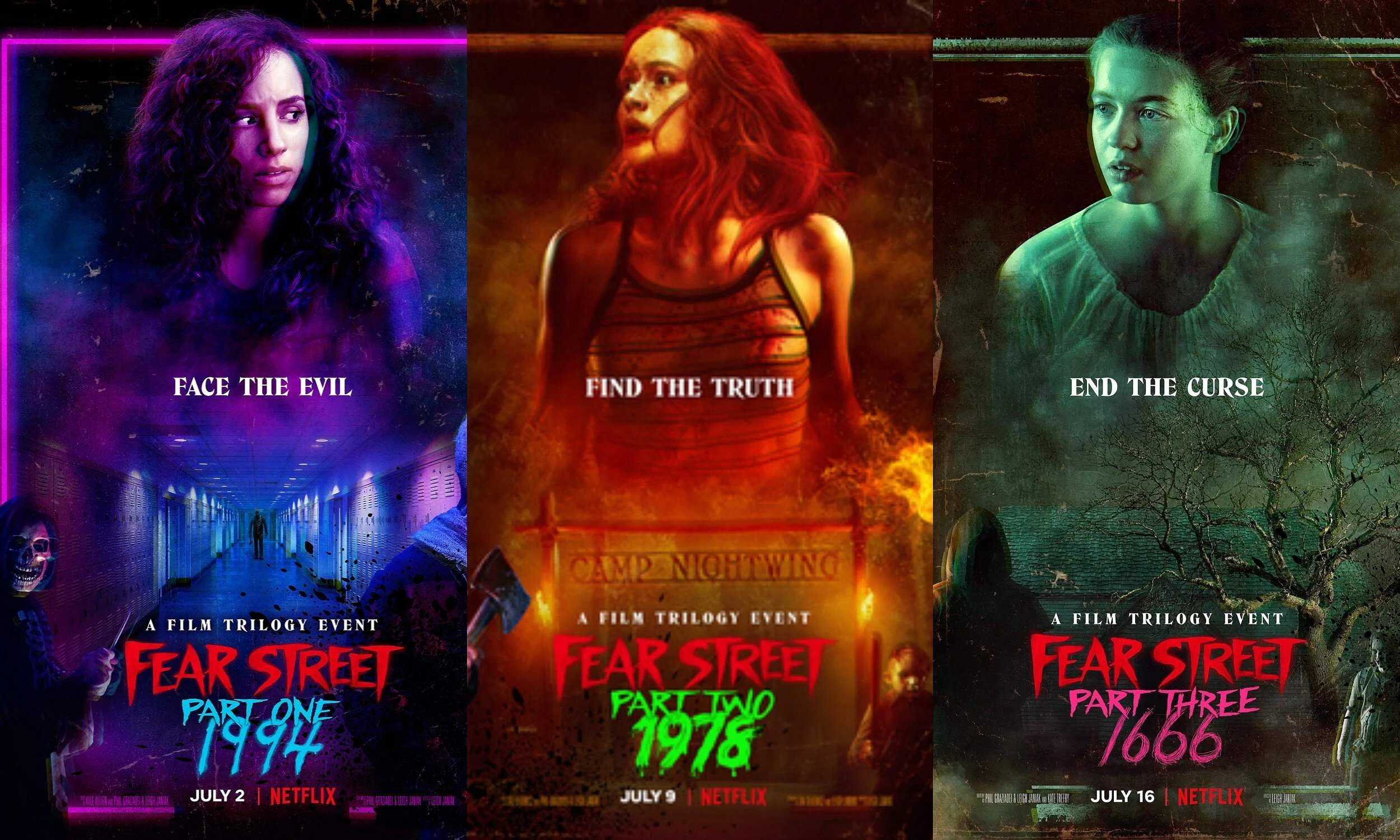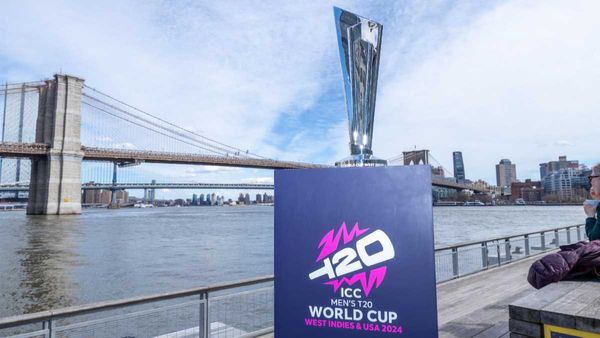Leigh Janiak's Fear Street trilogy: A game-changer in horror cinema
Director Leigh Janiak's Fear Street trilogy redefined horror with a compelling lesbian romance and an innovative narrative, breaking new ground in LGBTQ representation.

Fear Street Trilogy (Source: Cinema Express)
In July 2021, Leigh Janiak's Fear Street trilogy captivated audiences with a refreshing take on horror, weaving a lesbian romance through its time-hopping narrative. This bold move not only elevated the genre but also marked a significant step in LGBTQ representation in horror cinema. The Fear Street films, set in the cursed town of Shadyside, explored different eras - 1994, 1978, and 1666 - while maintaining a continuous thread: the love story between Deena and Samantha.
Janiak, in her vision, went beyond traditional horror tropes, focusing on character development and emotional depth. “Everyone in our movies, whether it’s sexuality or race or gender or socioeconomic status, has something that’s making them feel like they can’t get out of Shadyside. This is all that there is,” Janiak expressed. This approach provided a fresh perspective on horror, emphasizing the characters' struggles and triumphs alongside the genre's classic elements of suspense and fear.
Empowering LGBTQ representation
Janiak and her writing partner, Phil Graziadei, consciously crafted a narrative where the LGBTQ storyline was seamlessly integrated into the fabric of the films. “It was like, we have an opportunity to do something here that doesn’t get to be done very often," Janiak noted. The portrayal of Deena and Samantha's relationship transcended stereotypes, offering a genuine depiction of young love and the challenges it faces. Their journey, rooted in authenticity and emotion, became a driving force of the trilogy, resonating with audiences across different backgrounds.
Reflecting on this innovative trilogy today, Leigh Janiak's Fear Street stands as a landmark in horror cinema. It not only paid homage to R.L. Stine's iconic book series but also carved its own unique place in the genre. Janiak's ability to infuse emotion, substance, and a progressive narrative into a horror setting was a testament to her skills as a filmmaker and a storyteller.
Fear Street was more than just a set of horror movies; it was a narrative revolution. Janiak's approach to blending popcorn fun with meaningful storytelling set a new standard in the genre. “That’s when horror becomes great,” she remarked, encapsulating her philosophy of filmmaking.
In an industry often criticized for its lack of diversity and representation, Janiak's work on Fear Street provided a beacon of hope and progress. The trilogy not only entertained but also sparked conversations about the representation of marginalized communities in mainstream cinema, particularly in genres like horror, which have historically underrepresented such narratives.
(Several parts of the text in this article, including the title, were generated with the help of an AI tool.)






